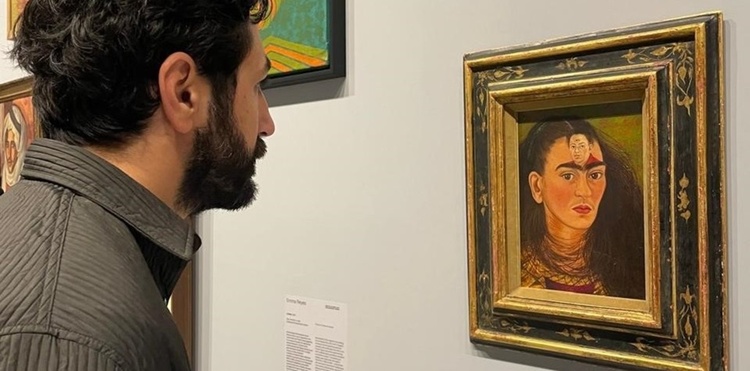
Frida debuted at the Biennale
Frida debuted at the Biennale, and they ask her to return to her country?
The artistic director, Brazilian Adriano Pedrosa, included for the first time numerous artists from the Global South, including Mexican artists, in the central exhibition.
The reactions were mixed.
With spring declared, the 60th Venice International Art Biennale opened to the public. The most anticipated event on the international circuit brings together a large audience largely because many countries exhibit there and express through their national pavilions their interest in the art that is produced today. But the central exhibition that every two years has a designated curator and usually a poetic title that encompasses almost everything under its umbrella, this opportunity goes to Adriano Pedrosa, the director of the Museum of Art of São Paulo (MASP), who He chose a descriptive title, although no less complex and eager for multiple readings. Stranieri Ovunque–Foreigners Everywhere (in Spanish, Foreigners everywhere), which visitors can find until November in different areas of the property in neon letters, even in the language of an indigenous community. Thus, an unusual plurality was displayed before the audience at the Biennale that, according to the criticism published in international media, provoked diverse reactions.
As the Brazilian Pedrosa explained in his press conference and in interviews, his mission in this biennial is to show a polyphony of artists from the Global South who have never come to the meeting, and can present other narratives, other panoramas. He himself is the first Latin American named artistic director of this section in a biennial that has been held since 1895. The second from the Global South (the Nigerian Okwui Enwezor was before) but the only one who lives and works in this part of the world. Doing the math, the world's oldest art gathering had two other curators Ralph Rugoff and Robert Storr, both Americans, at this location. The rest of the story was all European. From there some of the reactions are explained.
More interested in social history than in art history, Pedrosa explained in detail the breadth of the concept of foreigner, which includes the Global South, migrations, but also queer (stranho or strange is one of the meanings of queer). , self-taught or popular artists, outsiders and indigenous people, who are often treated as a foreigner in their own land. Of course, academic fashions, from original worldviews to decolonization, relativist approaches are present with their risks of appropriation and simplifications. Pedrosa warns: “We are not trying to write the definitive and global history, these are speculations.”
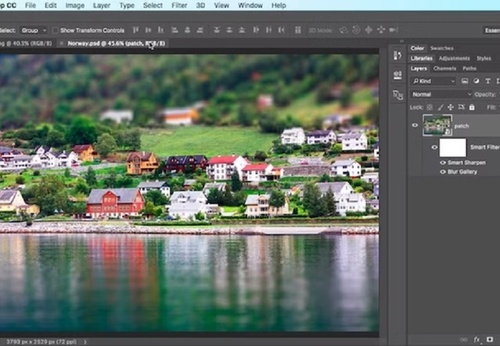
- July 02, 2025
The Best Software for Digital Art and Graphic Design

- July 02, 2025
Gallery of Posters by Cesar Alí Hernández from Mexico
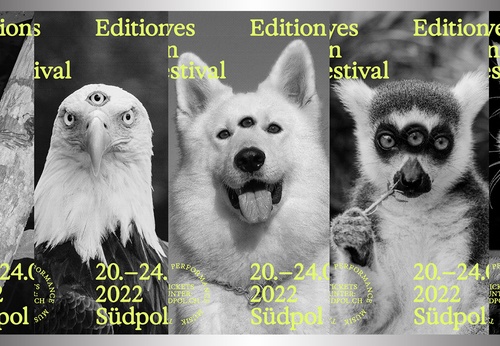
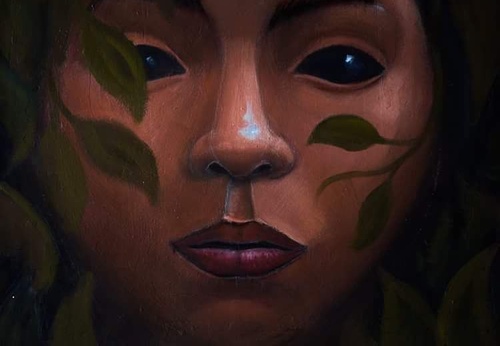
- July 02, 2025
Gallery Of Painting By Rubén Silhy - El Salvador
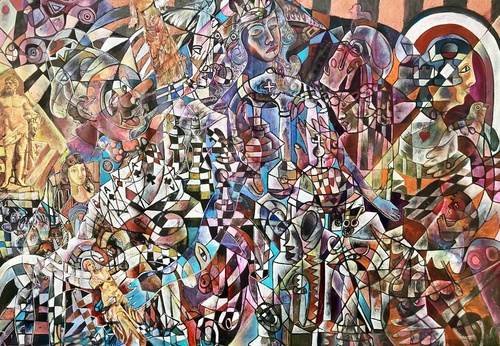

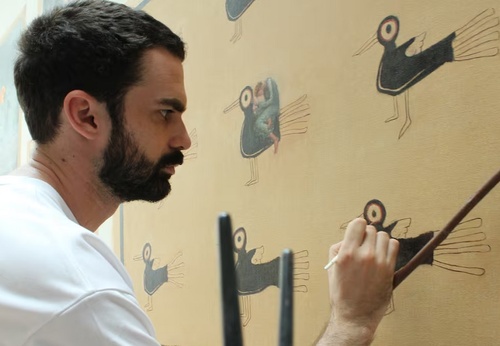
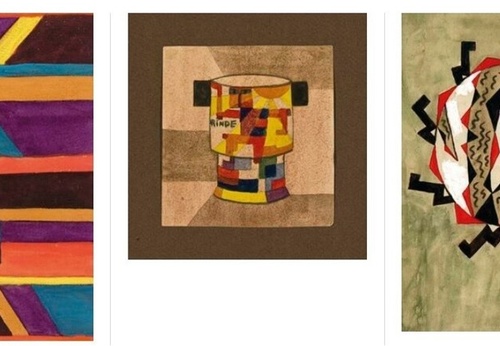
- July 02, 2025
The Major Exhibition "Before America" in Madrid

- July 02, 2025
Israel Will Surely Be Destroyed

- July 02, 2025
The Exhibition That Reimagines the Past…

- July 02, 2025
The Major Exhibition "Before America" …

- June 29, 2025
Peruvian painter Gerardo Chávez dies at…

- June 29, 2025
ARCOmadrid 2026 Opens Call for Entries …

- June 29, 2025
José María Velasco: The Landscape Artis…

- June 26, 2025
It houses 40 legacies of Latin American…

- June 18, 2025
Winners of the “Holosaide” event announ…

- June 18, 2025
The Major Exhibition of the Malba Colle…

- June 16, 2025
Pedro Roth Exhibition at the National A…

- June 15, 2025
Malba Pays Tribute to Luis Felipe Noé w…

- June 15, 2025
Contemporary Italian Painting on Displa…

- June 13, 2025
Impacto da Arte Digital na Sociedade

- June 13, 2025
The Geometric Essence of Fanny Sanín on…

- June 12, 2025
Guillermo García-Cruz's 'Divergent Stru…

- June 12, 2025
Book Brasília, the art of democracy wil…

- June 11, 2025
In 2025, SP-Arte Rotas will include nar…

- June 11, 2025
The Barranquilla Museum of Modern Art

- June 10, 2025
Discovery of William Turner's Work

- June 10, 2025
One of the largest art events in Latin …

- June 10, 2025
Centre Pompidou debuts in South America…

- October 08, 2023
Illustrations reflect the brutal Israel…

- December 25, 2023
The jury statement of the Iran-Brazil F…

- July 29, 2023
History of Caricature in Brazil

- April 20, 2024
Poignant Image of Grief Wins Mohammed S…

- May 22, 2025
Brady Izquierdo’s Personal Exhibition O…

- September 01, 2023
Neural Filters in new photoshop 2023

- March 21, 2024
The history of art in Palestine

- October 21, 2023
Erick Meyenberg and Tania Ragasol at th…

- March 14, 2024
museum of statue of van gogh

- August 09, 2023
Venezuela mural expresses solidarity wi…

- March 15, 2024
museum of sculpture of Salvador Dali

- March 30, 2024
illustration websites in Latin America

- May 20, 2024
Latin American Festival of Performing A…

- May 25, 2025
Bordalo II to hold exhibition in Paris …

- July 30, 2024
The artist from San Luis Mirta Celi rep…

- March 18, 2025
Works by Cuban Artist Eduardo Abela in …

- July 03, 2024
Newly discovered rock art in Venezuela

- April 18, 2024
Israel Pavilion at Venice Biennale clos…

- January 04, 2025
Material Art Fair 2025

- January 12, 2025
The Ralli Museum in Punta del Este

- February 18, 2024
7 Ways to Understand What Visual Arts A…

- May 15, 2024
Eleven murals for Gaza painted across t…

- October 08, 2023
Illustrations reflect the brutal Israel…

- January 02, 2025
13 commemorations that will mark the cu…

- October 17, 2023
The influence of Latin American artists…

- December 25, 2023
The jury statement of the Iran-Brazil F…

- November 17, 2023
Fernando Botero's work is booming after…

- July 29, 2023
Piracicaba International Humor Exhibiti…

- February 03, 2024
THE HISTORY OF NAIF ART

- November 06, 2023
Heba Zagout: Palestinian artist murdere…

- February 01, 2025
A maior exposição de Botero em Barcelona

- July 02, 2024
One of the largest urban art galleries …

- December 10, 2023
Sliman Mansour and Palestinian art on t…

- July 20, 2024
First International Mail Art Biennial 2…

- September 01, 2023
Neural Filters in new photoshop 2023

- March 14, 2024
museum of statue of van gogh

- October 30, 2023
Palestinian turns images of the Gaza co…

- October 23, 2023
Controversy over the project that will …

- February 06, 2024
Bolivian artists will be at the 2024 Ve…

- February 08, 2024


